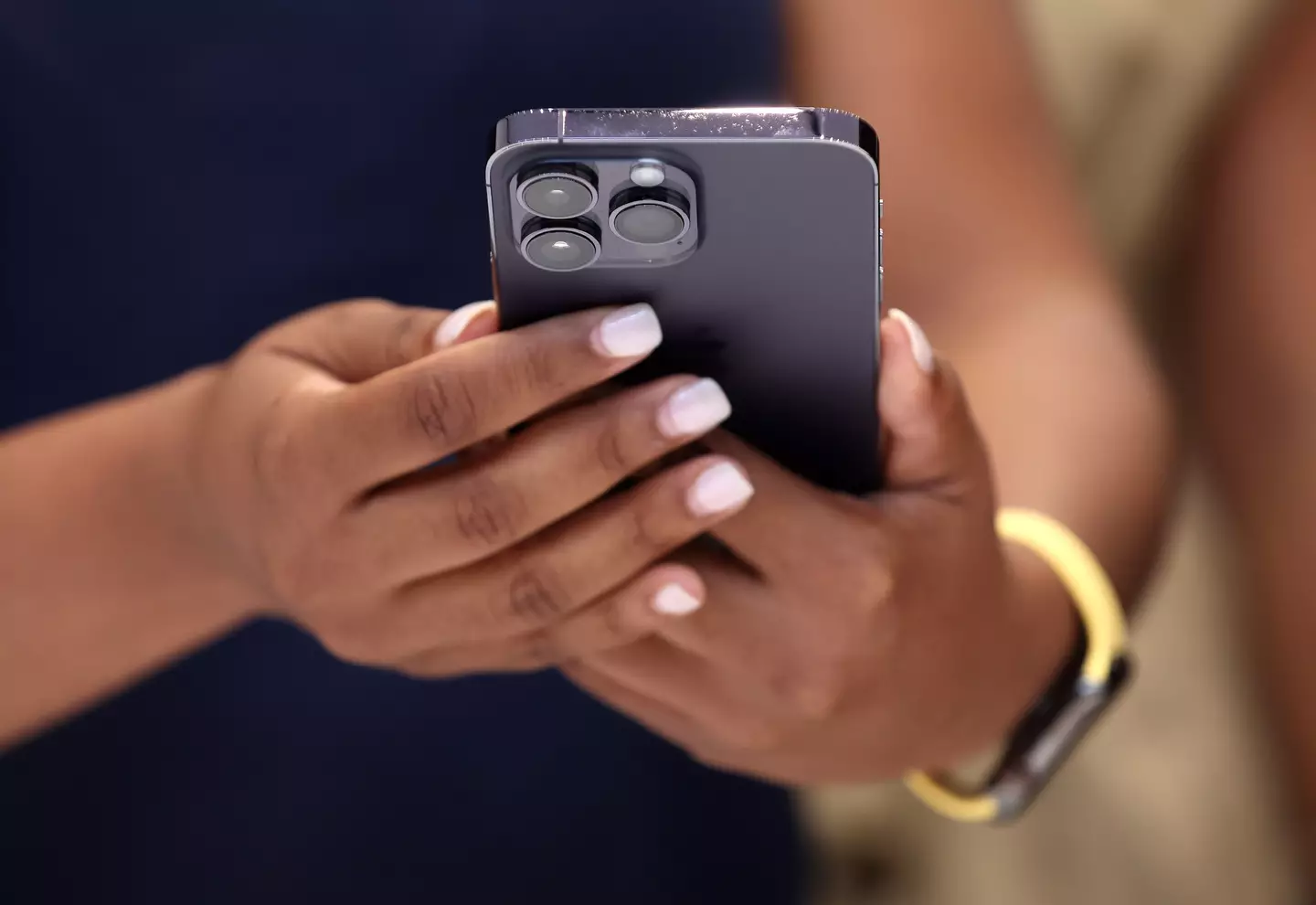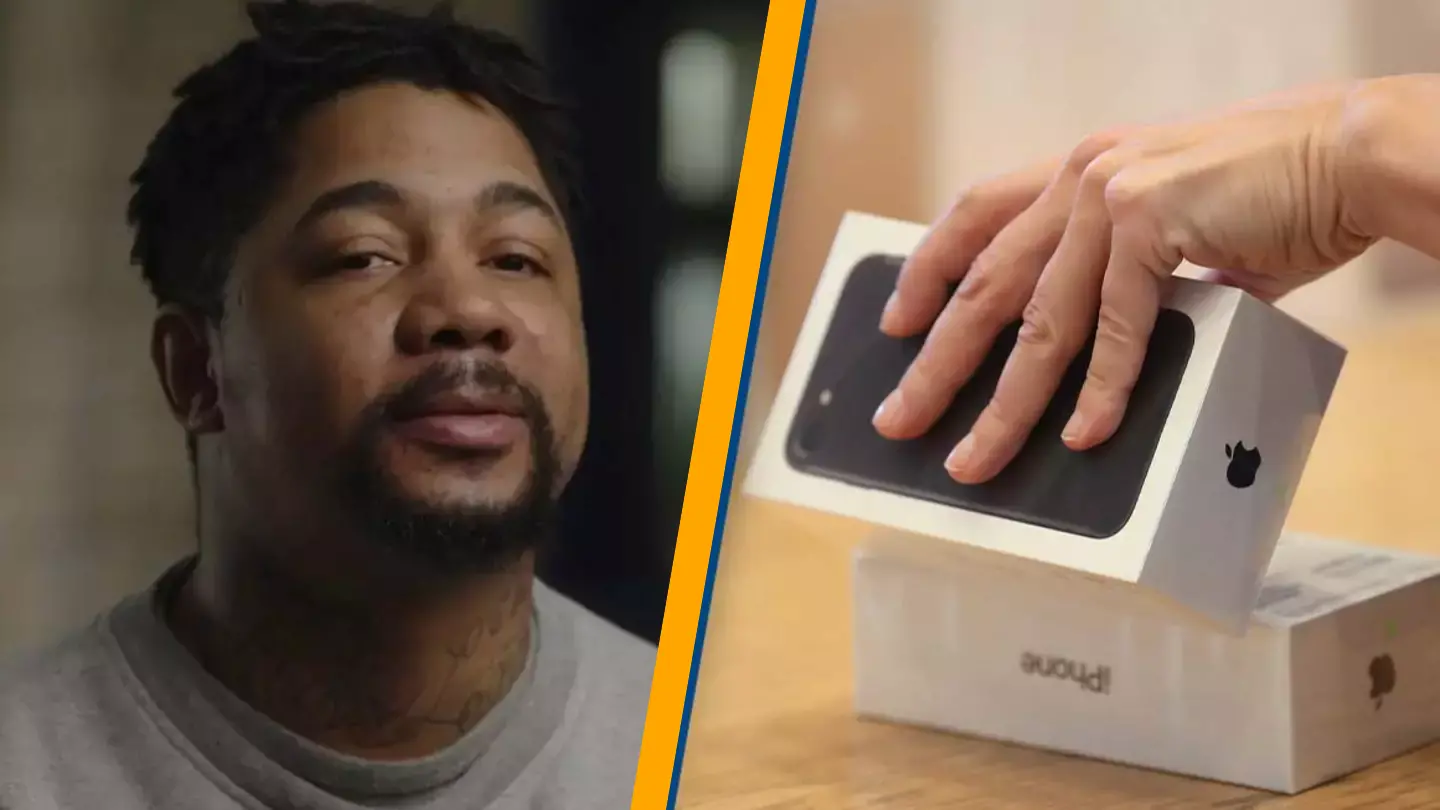A thief managed to accumulate thousands of dollars repeatedly through a scheme that began with stealing iPhones.
Few people enjoy being victims of theft, and most people have a natural aversion to thieves. However, speaking to criminals about their tactics can provide valuable insights into preventing victimization.
Aaron Johnson is currently incarcerated at the Minnesota Correctional Facility after being convicted of racketeering.
In an effort to aid victims, he has detailed the methods he used to make substantial amounts of money after stealing Apple iPhones.
His approach was far more intricate than merely stealing the phone and selling it to any willing buyer.
Despite his initial success, Johnson’s streak ended, and a year-long spree of smartphone thefts culminated in a 94-month prison sentence.
Authorities estimate that he managed to accumulate $300,000 before being caught. However, he did not act alone; the Minneapolis Police Department’s arrest warrant indicates that 11 members were part of the operation.

Speaking to the Wall Street Journal (WSJ), Johnson explained that since he was already being punished for his crime, he wanted to make amends by revealing his methods.
This information could be particularly useful for the millions of people who carry their iPhones everywhere.
Johnson’s process resembled scenes from Will Smith’s 2015 film Focus. He would identify a victim, preferably in a dimly lit bar, and make his move. He found college-age men to be ideal targets because ‘they’re already drunk and don’t know what’s going on for real’.
He would befriend them, possibly offering drugs or claiming to be a rapper who wanted to add them on Snapchat.
Victims would hand over their phones, thinking Johnson would input his details and return the device, but that was far from the case.
“I say, ‘Hey, your phone is locked. What’s the passcode?’ They say, ‘2-3-4-5-6,’ or something. And then I just remember it,” Johnson explained.
Sometimes he would record people entering their passcodes. If possible, he would then quietly leave with the phone or pass it to an accomplice.
Once he had access to the phone, disabling lost phone apps, changing passcodes, and altering Apple ID passwords were his next steps.

He would also enroll his face into Face ID because, as Johnson put it, ‘when you got your face on there, you got the key to everything,’ allowing him quick access to passwords saved in the iCloud Keychain.
By the time his inebriated victims realized something was amiss, usually later that night or the next day, Johnson had already transferred money via apps like Apple Pay or made high-end Apple purchases to resell.
So, it’s best to avoid letting strangers handle your phone, even if it seems innocent at first.

